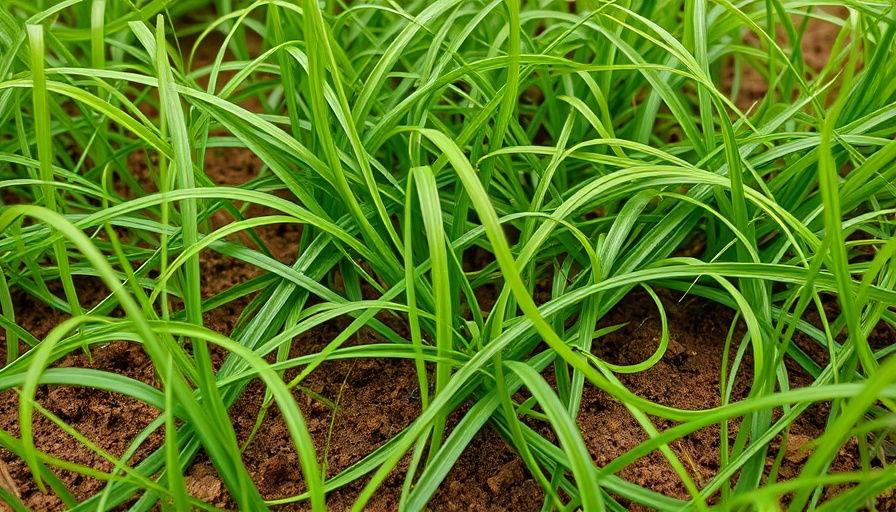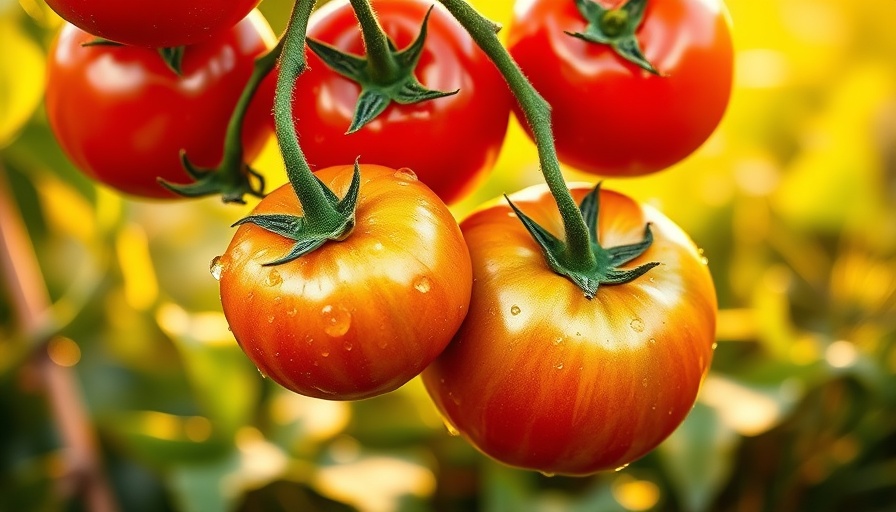
What Is Green Manure and How Does It Work?
There’s a powerful tool available for gardeners looking to enhance their soil health: green manure. This innovative approach is not derived from farm animals but rather involves cultivating specific cover crops designed to enrich soil over time. By planting these crops in late summer or fall, gardeners can prepare for a more fertile spring. Green manure primarily consists of legumes like peas and beans, which possess the unique ability to fix nitrogen—a crucial nutrient for plant growth—while also improving soil structure by adding organic matter when tilled back into the earth.
Unveiling the Advantages of Green Manure
The benefits of utilizing green manure are significant. Andrew Bunting, VP of Horticulture at the Pennsylvania Horticultural Society, emphasizes its multi-faceted advantages which include
- **Nutrient Upcycling**: Green manure helps recycle nutrients back into the soil, creating a natural nutrient reservoir.
- **Weed Suppression**: By covering the soil, these crops inhibit weed growth, minimizing the need for chemical weed killers.
- **Erosion Control**: Their root systems help bind the soil together, reducing erosion during heavy rainfall.
- **Pollinator Habitat**: The flowers of leguminous cover crops attract beneficial insects, supporting local biodiversity.
Bunting also notes that certain legumes can convert atmospheric nitrogen into a plant-available form, significantly enriching the soil and supporting subsequent crops.
Is Compost Enough?
While compost remains an essential component of any organic gardening strategy, it’s essential to recognize its limitations compared to green manure. Compost primarily improves nutrient content but does not enhance soil structure or contribute to weed management like green manure does. Incorporating both can create a well-rounded approach to soil health.
Best Practices for Integrating Green Manure
Successful integration of green manure into your gardening routine requires some planning. Here are key steps to get started:
- **Choose Your Crops Wisely**: Your local agricultural extension can provide insights into which cover crops will thrive in your region and climate. Winter rye and hairy vetch are excellent choices for cold climates, while buckwheat performs well in warmer conditions.
- **Sow At The Right Time**: Timing is crucial. Plant your green manure crops in the late summer or fall, allowing them sufficient growth time to establish before winter.
- **Monitor Growth and Maintenance**: As your green manure plants grow, keep an eye on their health. They should be cut before they seed to maximize their benefits for the soil.
- **Tilling and Timing**: A few weeks before planting your main crops, till the green manure into the soil—this will help decompose the organic matter and release nutrients back into the soil.
By carefully selecting and managing these cover crops, you can realize all the benefits green manure offers, boosting both soil quality and plant growth.
Future Trends and Opportunities in Organic Gardening
The rising awareness of sustainable gardening practices will likely lead to increased adoption of green manure techniques among amateur and professional gardeners alike. As consumers become more conscious of their environmental impact, the potential for incorporating green manure into organic gardening expands dramatically. The future could see innovations in crop varieties and more inclusive biodiversity strategies that harness the power of green manure to build healthier ecosystems.
Conclusion: Cultivate a Greener Future
Embracing green manure in your garden offers not just enhanced soil fertility but a pathway to more sustainable gardening practices. By stepping beyond traditional compost techniques and integrating cover crops, gardeners can improve biodiversity, reduce chemical dependence, and foster healthier plant growth. As we move toward a more sustainable future, now is the ideal time to start using green manure in your gardening practices. It’s an easy, cost-effective, and incredibly beneficial way to boost your plants and soil!
 Add Row
Add Row  Add
Add 




Write A Comment